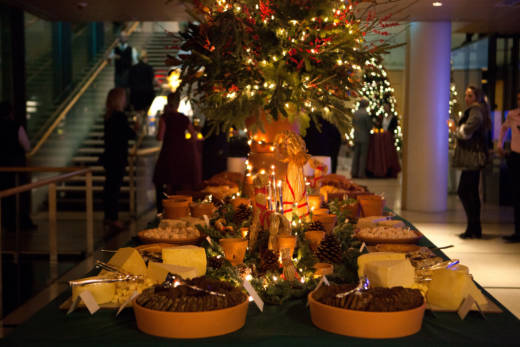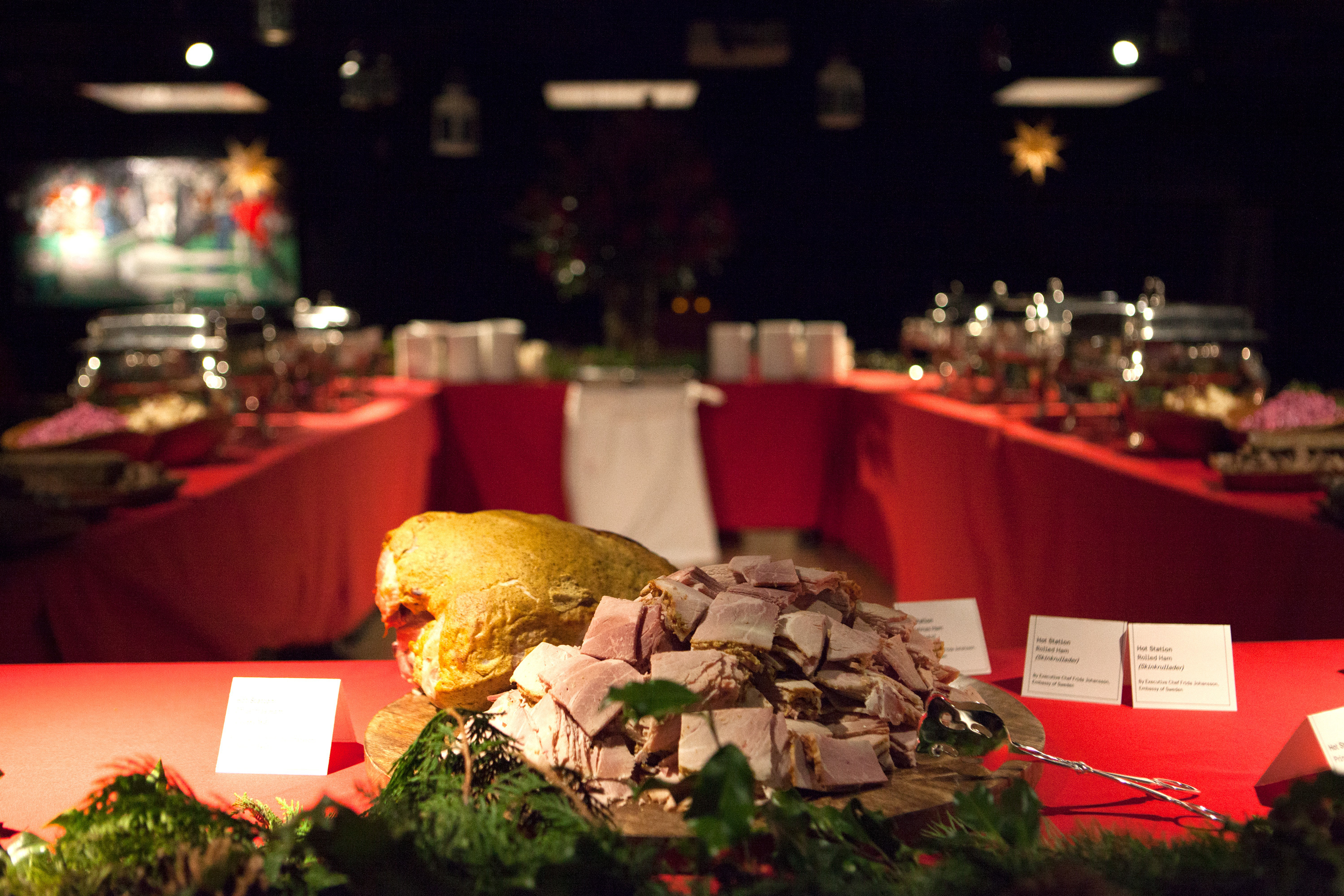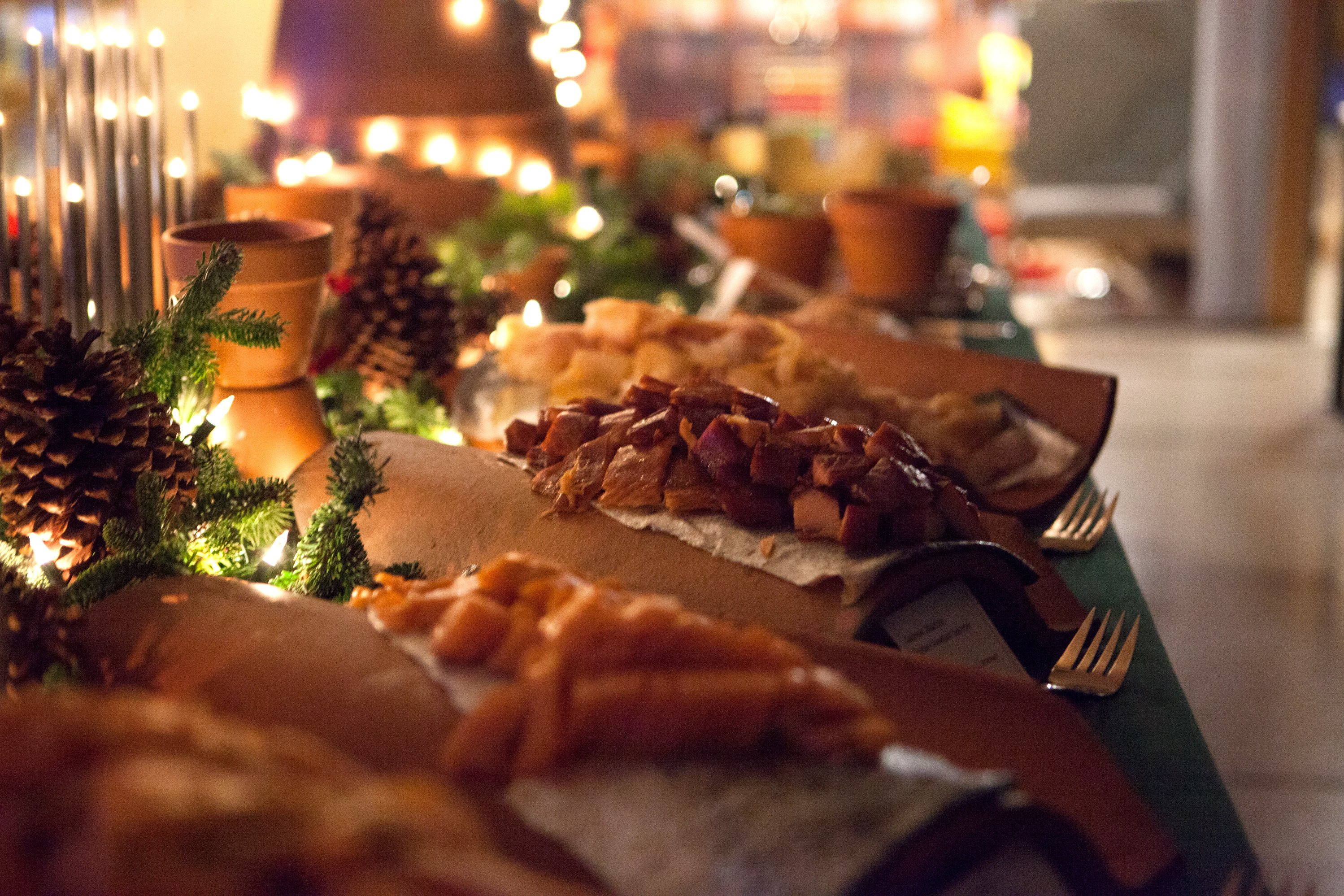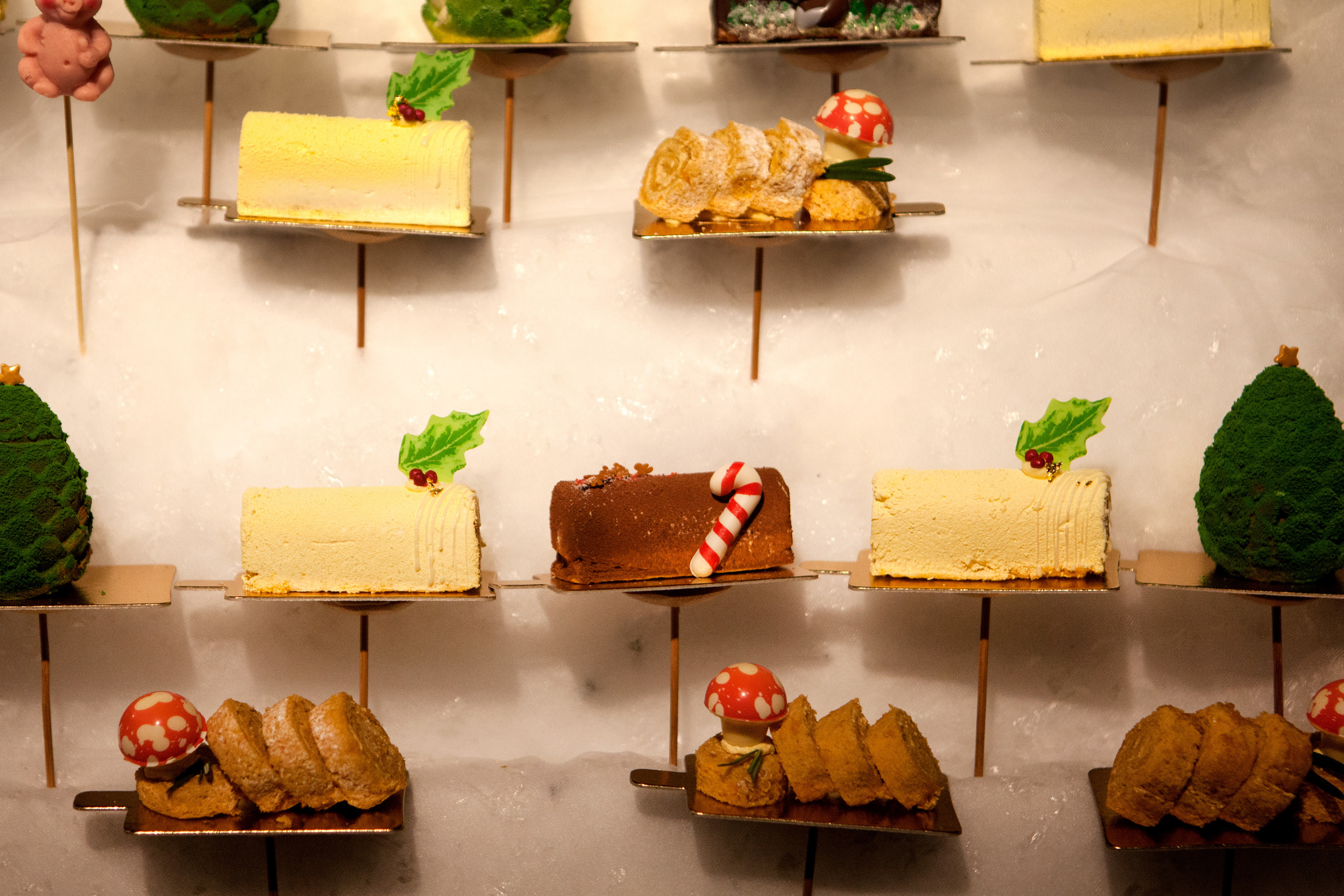Ask any Swede and they'll tell you that a smörgåsbord table without herring is (gasp) unthinkable. While there are other foods they may rattle off as equally important ––gravlax, cured ham, meatballs and rice pudding –– it's these tiny, pickled fish that are the backbone of the elaborate buffet, which likely traces its roots back to high-society gatherings in the 1500s.
The spread was smaller then, and was called the "aquavite buffet." Since people were traveling long distances, it was a way to entertain guests, mostly men in earlier times, while waiting for stragglers. A separate table was set up in a side room with savory bites that could be enjoyed while standing along with glasses of aquavit –– made from potato or grains and cured with herbs like caraway, dill, fennel, coriander and anise. Johanna Kindvall, writer and illustrator of the book Smörgåsbord, says it's possible the tradition was borrowed from the Russians who liked to mingle around eating caviar, herring and vodka.
That snack grew into a meal — and that meal grew into what it is today: a smörgåsbord, a table set with seemingly every iconic dish known to Sweden. First introduced to America by the Swedish delegation at the 1939 World's Fair in Flushing, Queens, the smörgåsbord meal is traditionally served on Dec. 24, when it's called the julbord — or Christmas table. Over time it extended its reach and became the default celebratory meal served at holidays like Mother's Day and Easter, at hotels, in train stations and restaurants, and of course, the home.
If you're lucky enough to get invited to a traditional smörgåsbord meal, you should know that there are as many rules as there are dishes. If you're Swedish, these rules are instilled from a very early age and are as instinctual as breathing, or the umlaut. Long tables are buried under a sea of plates — sometimes placed at different heights to accommodate the sheer number. Your job will be to approach it with the restraint of someone who can take food or leave it, even if you're like me: a cured-fish fanatic.
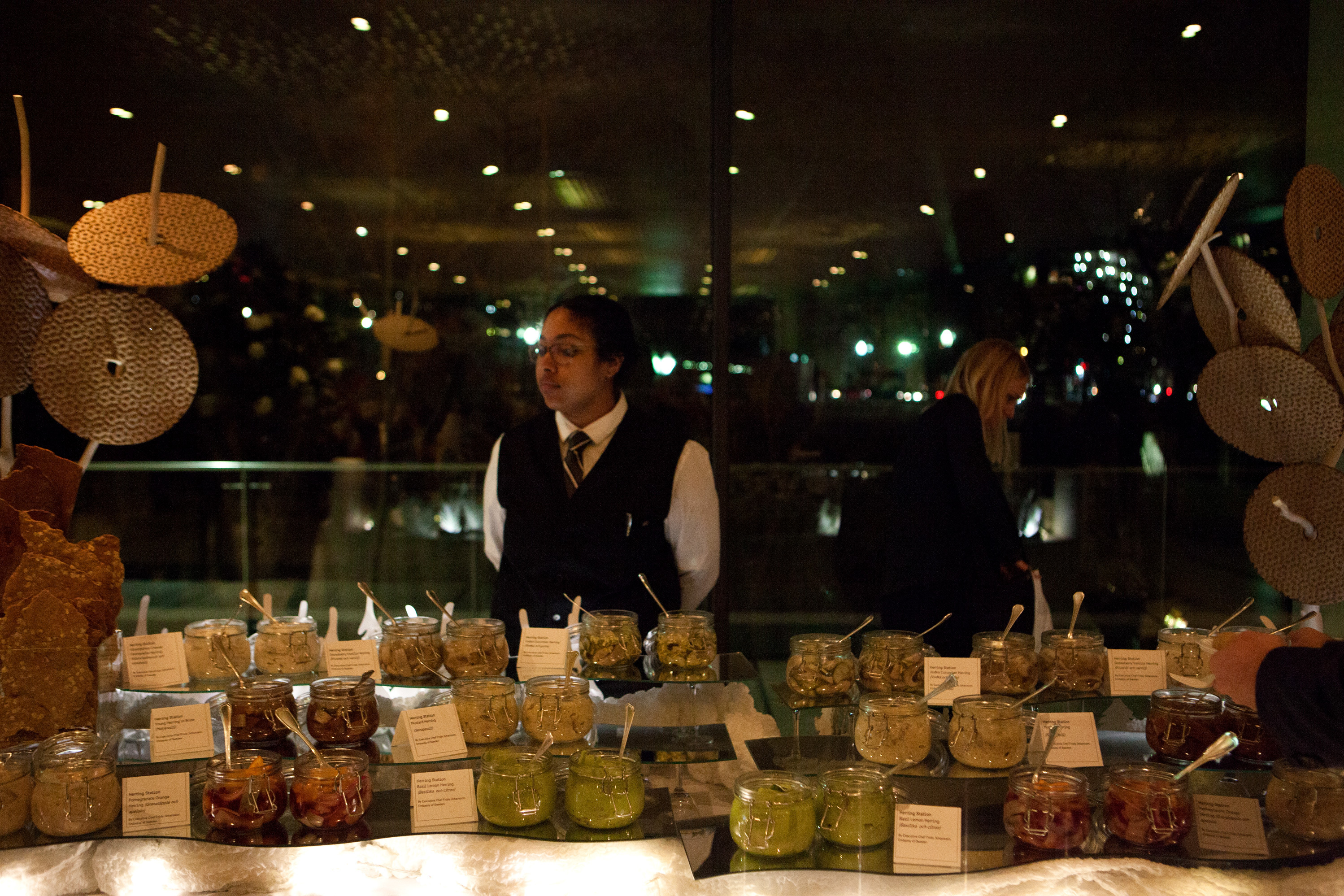
"The trick is to take it easy, because if you overload [your plate] you don't get to the fourth course," says Kindvall.
